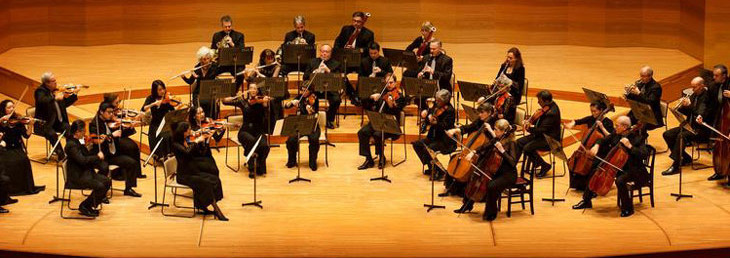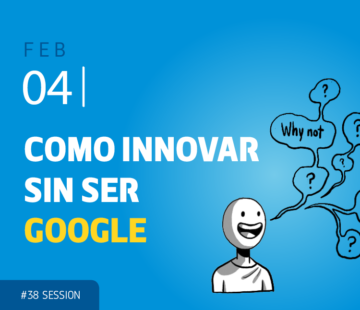Women are better collaborators (now scientifically demonstrated)
Understanding what makes groups smart will help organizations create and manage teams more effectively. Research conducted by the MIT Center of Collective Intelligence suggests the performance of teams and companies can be dramatically improved by having more members with the ability to correctly read the emotions of other people, a skill negatively correlated with high levels of testosterone.
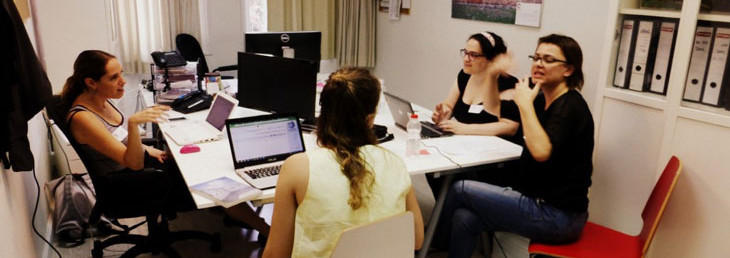
Collaboration is a Science. The good news is the MIT is researching on it.
We have many ways to measure intelligence in individuals but practically none to know how intelligent a group of individuals is when trying to work as a team. Considering we are entering an era in which the concepts of “crowd” or “co-“ are becoming so critical for business and organizations, is surprising to realize how little we know about collective intelligence. Luckily, the MIT is working on it.

The most disruptive fact of Hyperloop project is not about sending people through tubes at 1200 km/h
If Hyperloop project finally succeeds, making possible travelling ground-level from Los Angeles to San Francisco in 30 minutes will be a relatively small achievement compared with another more difficult and truly disruptive goal: changing the way companies are built.
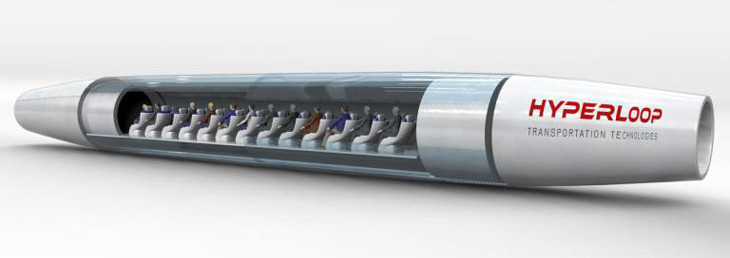
Collaboration: Four years ago, Four Years From Now
It’s revealing to realize how quickly the concept of collaboration on innovation has spread in just a few years. It definitively was not like that at all when we started Co-Society. Having the opportunity to recently attend 4YFN (4 Years From Now), we were able to confirm to what extent this in the case now.
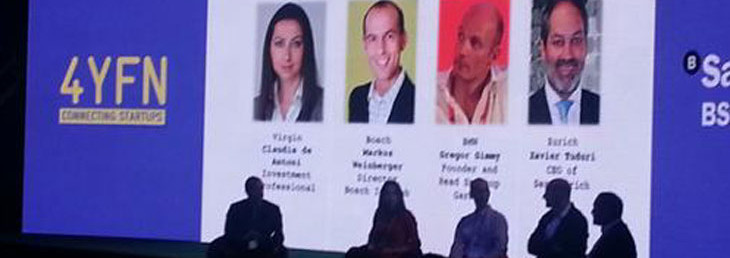
The kind of leadership that is music for our ears
As organizations go, few are more autocratic in structure than the traditional symphony orchestra. That’s why the process of an orchestra without a conductor producing wonderful music offers a metaphor for us to gain some insights as to how we can improve our process and methodologies for collaboration and co-innovation.
